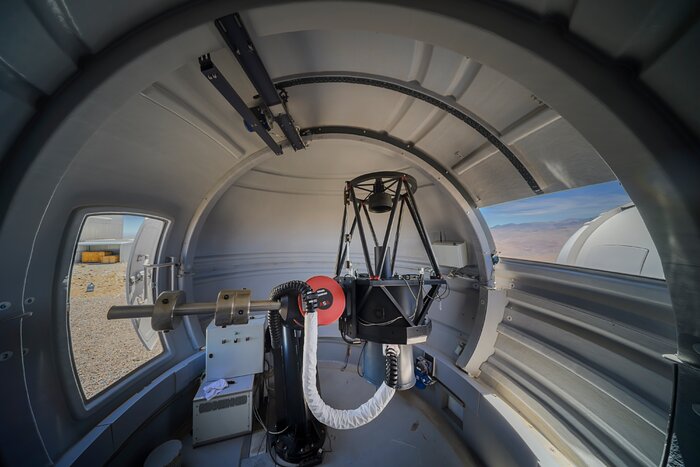Being ExTrA: how to find Earth-like planets
Tucked away in ESO’s La Silla Observatory in Chile, this humble telescope is one of three in the groundbreaking French ExTrA project, discovering stars with Earth-like planets in the Milky Way and probing their environments. But how do these triplets tell us so much about systems many light-years away?
When a planet orbiting its host star passes between it and the Earth, it blocks a small but detectable amount of light, similar to how the Moon blocks light from the Sun in a solar eclipse. ExTrA targets red dwarf stars, which are smaller than our Sun. This means that Earth-sized planets will block a larger proportion of their total light and are therefore easier to find.
Even better, ExTrA observes these red dwarfs across a range of colours to learn more about a planet’s atmosphere, using a method called spectroscopy. The best contenders can be studied in greater detail with ESO’s Very Large Telescope and the upcoming ESO’s Extremely Large Telescope, both located further north, to tell whether they may be viable to support life. So ExTrA may find new candidates for our first galactic neighbors!
Crediti:ESO/A. Ghizzi Panizza (www.albertoghizzipanizza.com)
A proposito dell'immagine
| Identificazione: | potw2414a |
| Tipo: | Fotografico |
| Data di pubblicazione: | Lunedì 01 Aprile 2024 06:00 |
| Dimensione: | 8197 x 5465 px |
